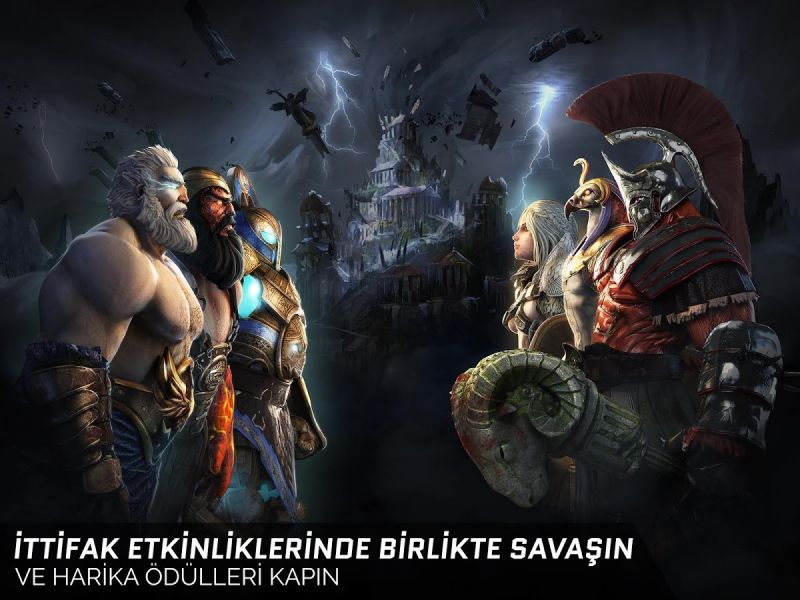
Joseph’s life turns around because the king of Egypt’s sleep is disturbed the fate of Esther’s Jews turns around because the king of Persia’s sleep is disturbed.

Joseph is imprisoned on a false charge the Jews in Esther are falsely charged. The story of Joseph comes to mind, for one. On the other hand (Judaism always has another hand, just ask Tevye), there are just as many indications that pagan motifs were borrowed to retell biblical tales. God is there to be found, albeit indirectly prayer is never heard, or even suggested the Jews party hearty after their victory, but are not seen thanking the God who delivered them “the Jew Mordechai” refuses to bow to Haman because to do so would violate a Jewish law that does not exist and he appears to have no qualms about turning over his cousin and ward, Esther, to the harem of a non-Jew.

There are, for example, several glaring omissions in the book. Other problems entered into this debate as well. In the discussion, we find the vestiges of a debate about whether Megillat Ester even should be included in the Tanach. That such things troubled the sages of blessed memory is indicated by a discussion in the Babylonian Talmud tractate Megillah 7a – a tractate dedicated to the rites and rituals of Purim. Each of those could have drawn on ancient Marduk and Ishtar legends as well. Megillat Ester has two separate ancient literary motifs – a court intrigue involving Mordechai, and a harem intrigue involving Esther. Such a combination is not out of the question. If anything, the story would be a combination of pagan myths. That Marduk and Ishtar never appear together in ancient pagan texts, however, would seem to work against such a theory. In his day, too, Adar 15 was a solar festival Marduk, being the creator god of Babylonian myth, had a central role in that as well.Īll of this suggests that the Purim story probably is an adaptation of pagan mythology, as some scholars theorize. Adar 14 was “Marduk’s day” in Mordechai’s day (see, for example, II Maccabees 15:36). Then there is the date for Purim – Adar 14 for most of us, Adar 15 for anyone living in a city that had a wall surrounding it during the days of Joshua (meaning Jerusalem, at least in current times). Our Mordecai leads a war of sorts when he thwarts Haman’s genocidal plan and obtains the king’s permission for the Jews to take up arms against their attackers, killing 75,810 of them in two days of fighting. “Mordechai” comes from the Babylonian god of war, Marduk (it actually means “follower of Marduk”).

Such things did not happen because she was better at Scrabble than he was.Īs for Mordechai, while the name appears elsewhere in the Tanach (Ezra 2:2 and Nehemiah 7:7, both referring to the same person, but not our hero), this does not prove that the name is a Jewish one. Next, she defies the rules of the Persian court, yet has the king blubbering about giving her whatever she wants, up to and including half of his empire. First, she goes out on one date and becomes queen of the Persian Empire. In other words, Esther is the personification of the pagan goddess of love, and she plays the role to perfection in Megillat Ester (the Scroll of Esther). The name derives from a Semitic deity, Ishtar, or Astarte, she whom the Greeks and later the Romans adopted, calling her Aphrodite and Venus respectively.

(Hadassah derives from the word hadas, which means myrtle, a symbol of righteousness.) “Esther” has nothing to do with myrtles or righteousness. We know Esther was not the good queen’s Jewish name, because “her” book tells us her name was Hadassah. Get The Jewish Standard Newsletter by email and never miss our top stories Uppermost among them are its heroes, Mordechai and Esther. There are some decidedly Jewishly off-key elements regarding Purim (aside from the fact that pur means lot in Akkadian, not Persian).


 0 kommentar(er)
0 kommentar(er)
